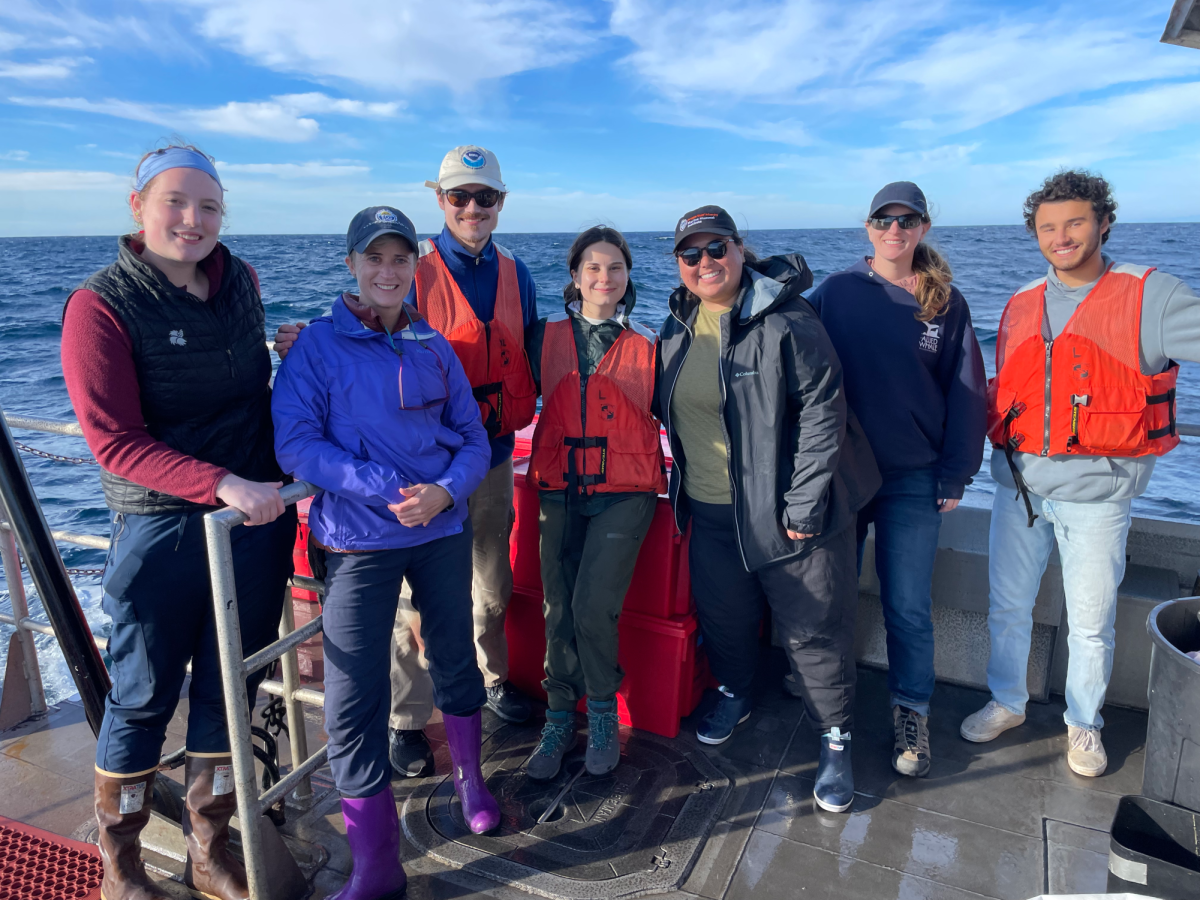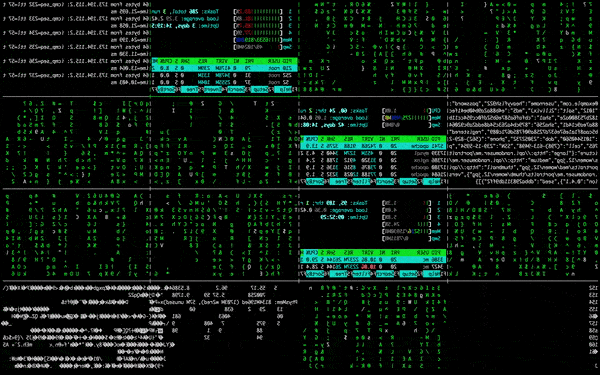Falcon 9 carrying DSCOVR, Courtesy of the National Oceanic and Atmospheric Administration
After two delays caused by weather, SpaceX launched the Deep Space Climate Observatory (DSCOVR) satellite yesterday to beam back information about potentially harmful solar ejections heading toward earth.
With new instrumentation and quicker response times, the $340 million DSCOVR satellite will replace NASA’s old Advanced Composition Explorer (ACE), which was launched in 1997. Both are designed to alert and study solar eruptions that can be destructive here on earth.

“These geomagnetic storms can be very damaging to critical infrastructure on earth such as power grids, aviation communication systems, and satellites in orbit,” said Tom Gerber, the director of NOAA’S Space Weather Prediction Office, in the DSCOVR mission video.
DSCOVR will reach it’s observation post in 110 days: Lagrange Point One, staying in orbit between the gravitational equilibrium of the earth and sun. This Lagrange Point, of which there are five, is nearly 940,000 miles from earth, or four times the distance the moon is from earth.

Although the satellite launch was successful, SpaceX could not recover the first stage of its Falcon 9 rocket for reuse. Inclement weather in the Atlantic halted the ability of its drone ship to provide an adequate landing pad.
“Unfortunately we will not be able to attempt to recover the first stage of the Falcon 9,” the post-launch report said. “The drone ship is designed to operate in all but the most serious weather… We are experiencing just such weather in the Atlantic.”
This is SpaceX’s first deep-space launch, and overall, a successful one in the eyes of the company’s founder, Elon Musk.
“Primary mission on target,” Musk tweeted after the launch. “Spacecraft headed towards the sun! All good there.”














